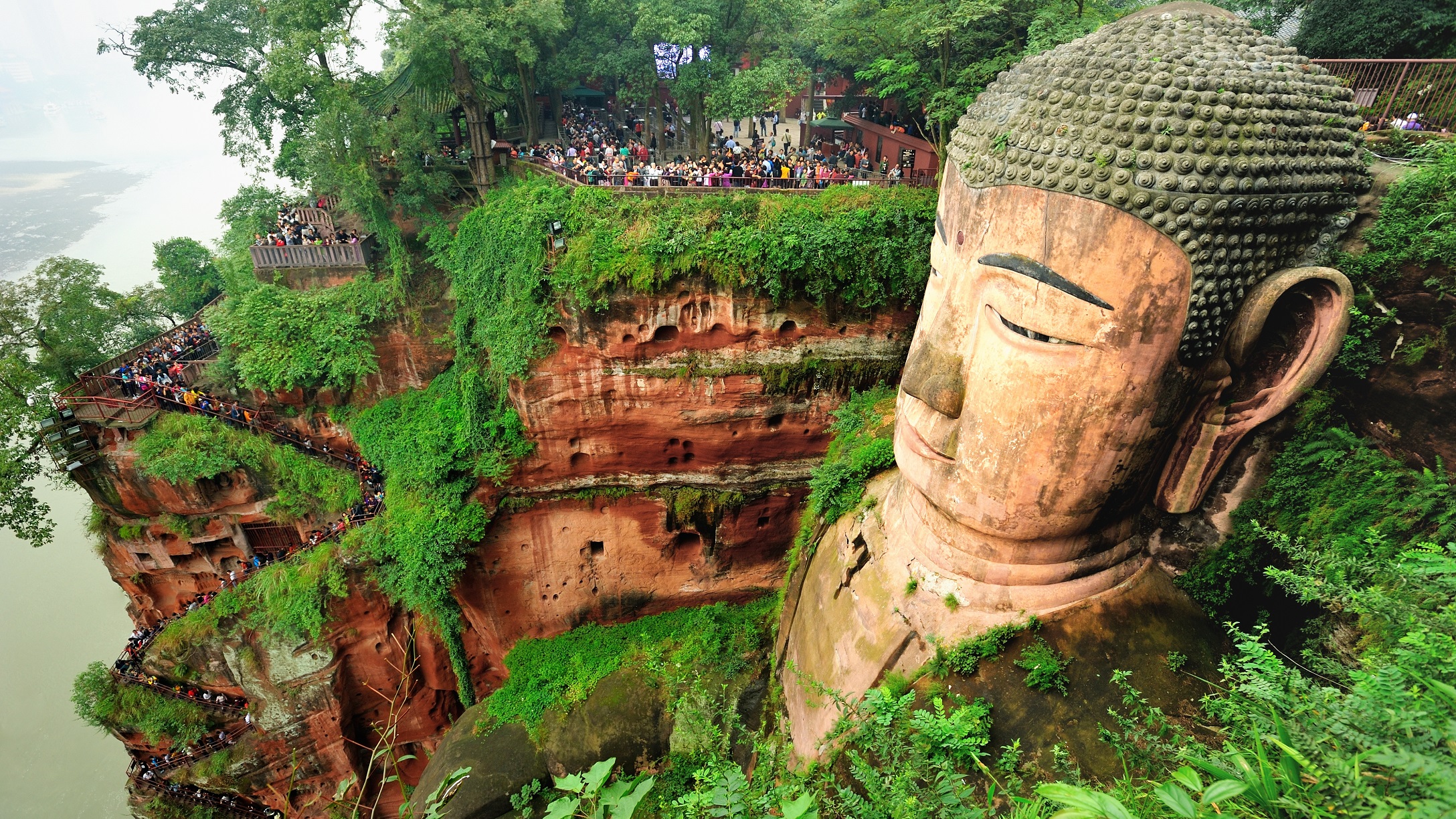
Visiting places of significance can turn a trip from purposeless traipsing into a voyage of meaning, steered by impactful history, cultural connections, and unforgettable sights. If you’re looking to manifest your own movement and forge pathways that inspire innovative thought, check out these life-altering landmarks that you should plan to visit sooner rather than later.
Leshan Giant Buddha
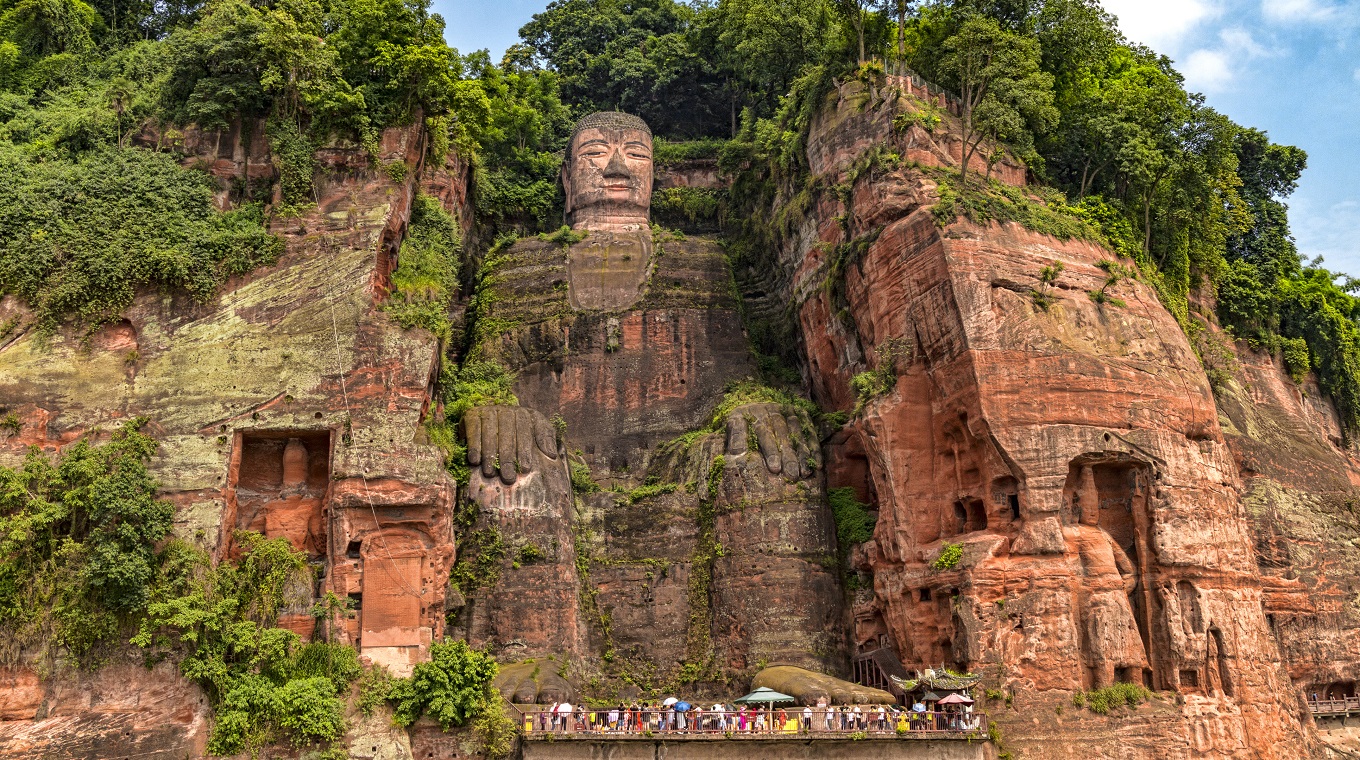
The largest Buddha statue in the world isn’t only a colossal piece of art, it’s also an ancient work that’s more than 1,200 years old. Turned toward Mount Emei in Sichuan, China, construction of the 200-plus-foot-tall Leshan Giant Buddha was stalled several times, but eventually concluded in 803 A.D. Extreme pollution has contributed to the degradation of the statue in recent years, making it an urgent attraction for travelers who wish to see it before it’s damaged any further.
Great Pyramids and Sphinx of Giza
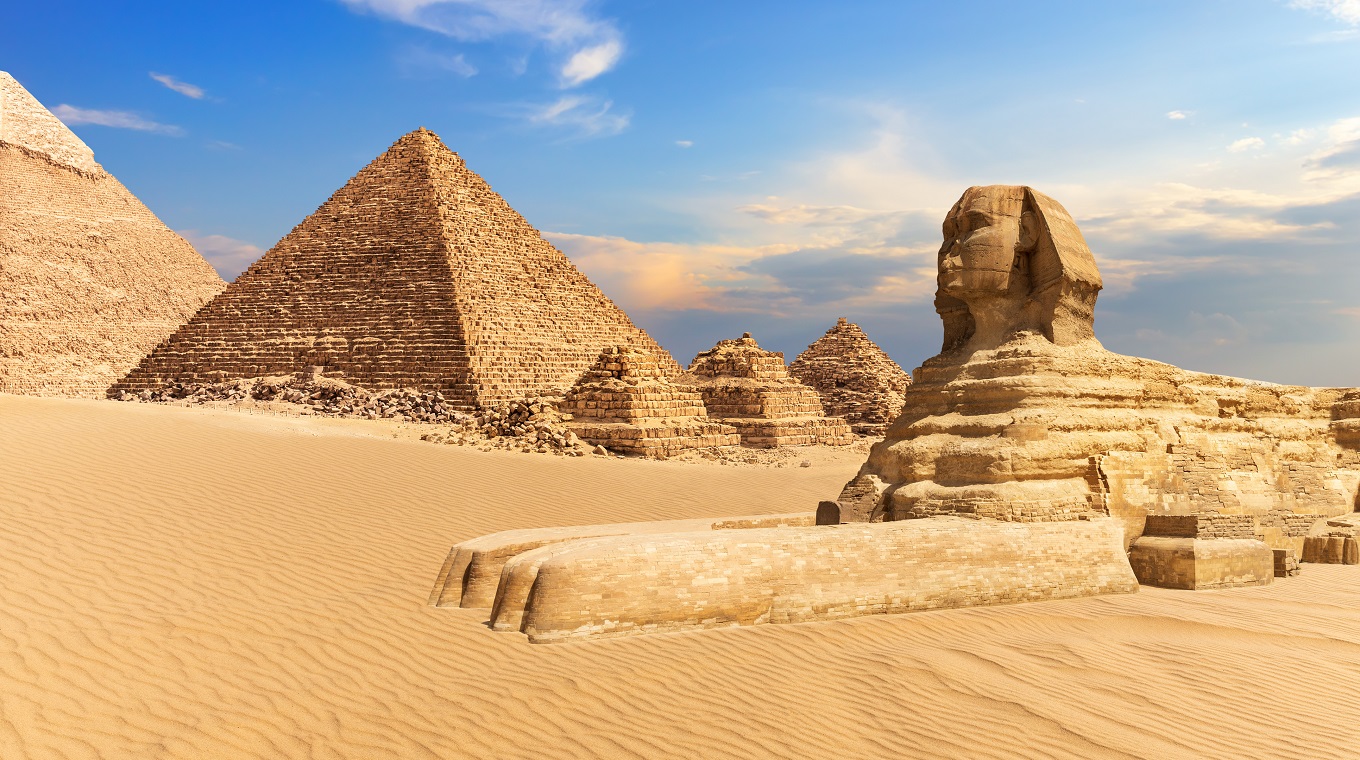
Though the Great Pyramids and Sphinx of Giza grow older with each passing day, the lure of these ancient figures never dies down. The massive structures were once royal tombs, with the nearby sphinx to watch over as a guard. Though thieves have since stolen the bodies — and the nose of the sphinx was shot off long ago — travelers the world over continue to trek to the Egyption desert to witness these remarkably old and masterfully designed constructions.
The Mont-Saint-Michel
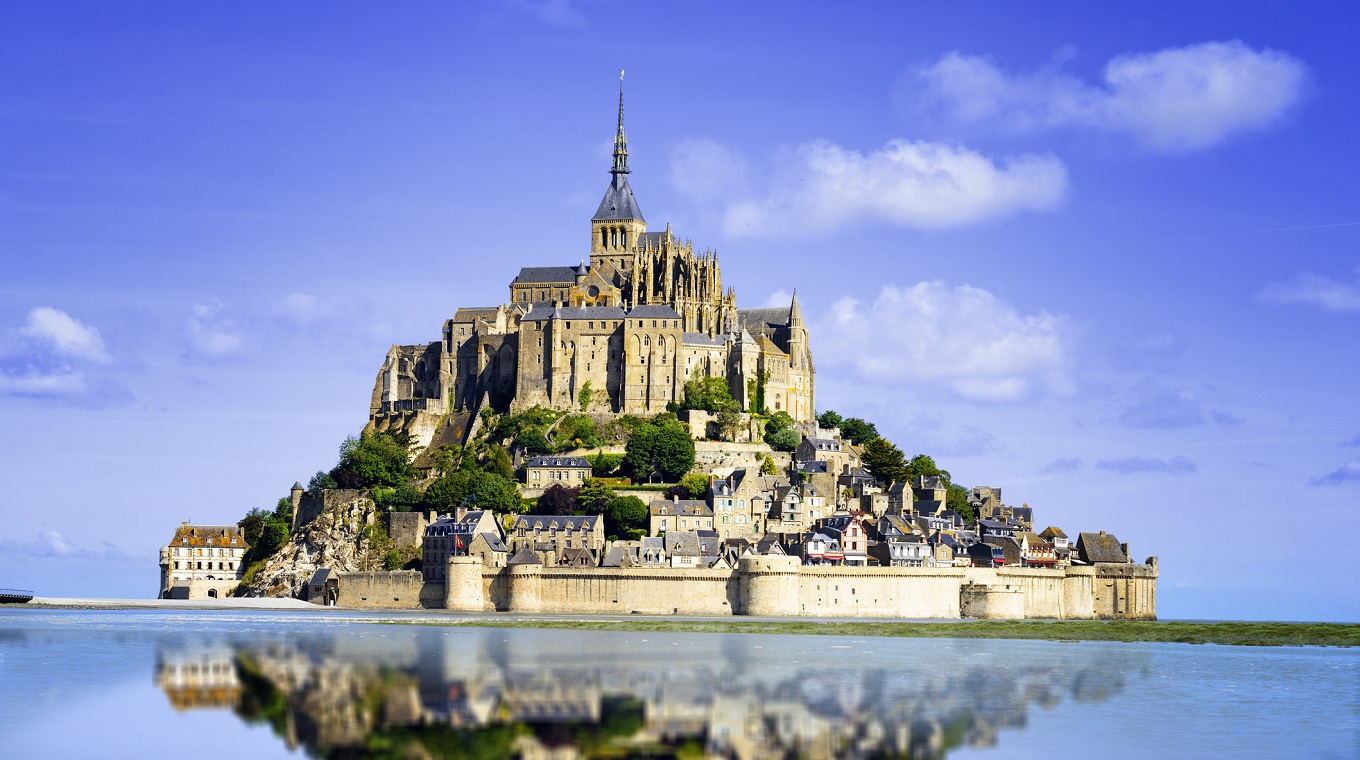
Depending on the water levels around Mont-Saint-Michel, off the coast of Normandy, France, the island could appear to be on elevated land surrounded by grazing sheep when the tide is low. But at high tide, the commune island seems to be a floating fairytale land, separated from the mainland. The dualism of this one-of-a-kind landmass attracts millions of visitors every year, and remains an entry on even more travel wish lists.
Easter Island Moai Statues
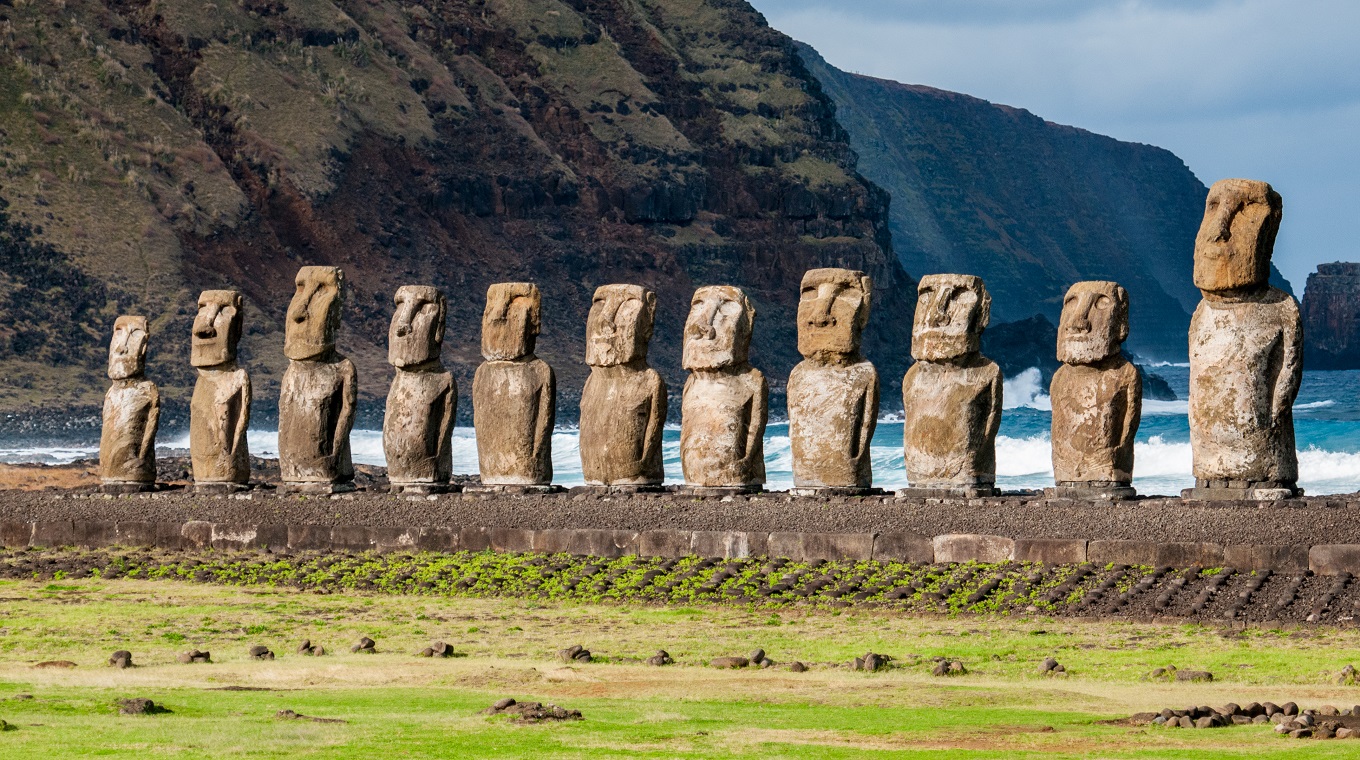
In the last century, hundreds of moai statues have been recovered and restored on Easter Island. With original assembly dating back to over half a millenia ago, the task of carving and transporting the stone structures is hard to imagine, making it a fascinating destination for globetrotters with far-reaching travel goals. On display in Rapa Nui National Park (which is 40% of the surface area of the island), the moai statues can be found along the base of the dormant volcanic craters on the island.
Leaning Tower of Pisa
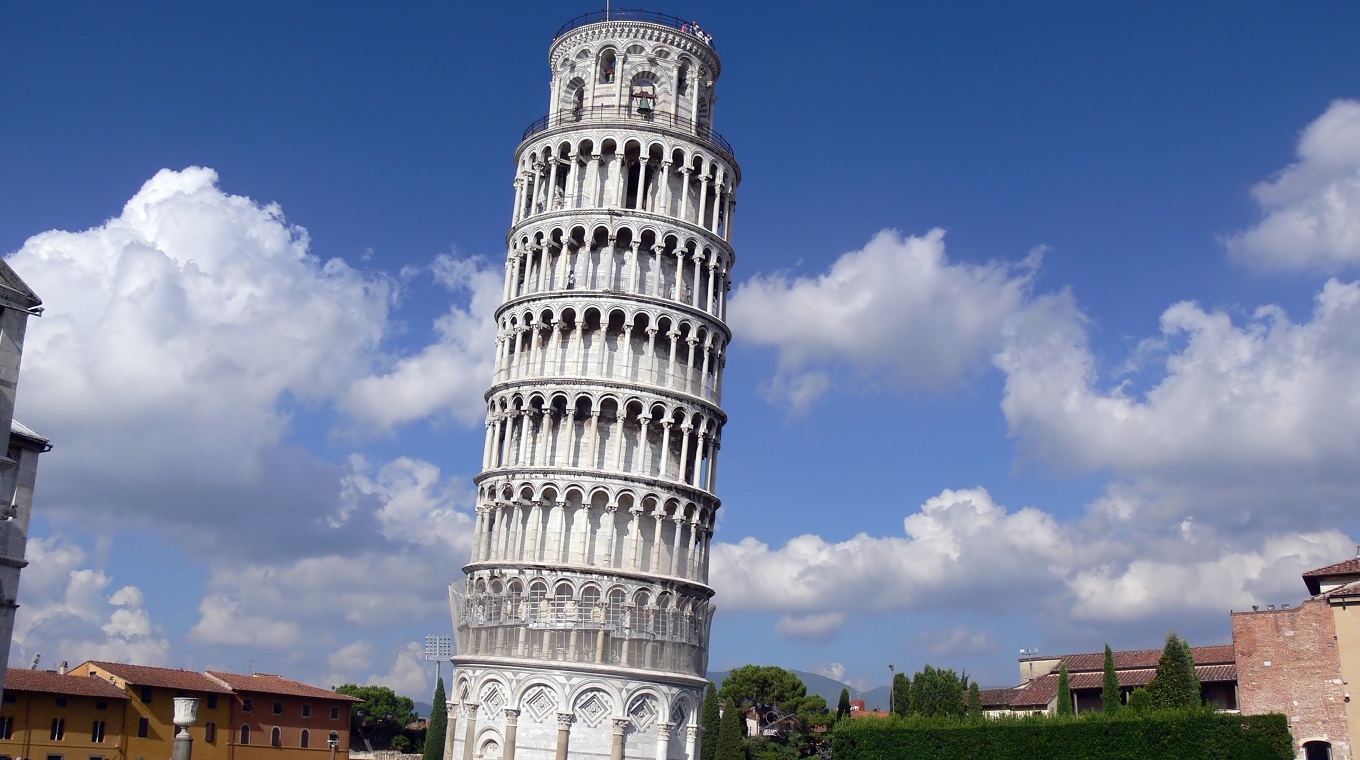
Built in a town that pulls its name from an ancient Greek term meaning “marshy land,” the Leaning Tower of Pisa is a marble marvel. The tower has a shallow foundation and is surrounded by soft land, yet it slants without falling over. At some point, the structure was actively tilting, but after much trial and error, an adjustment was made that allows it to stand at its current five-degree slant for another few hundred years. In the meantime, travelers who know better have it at the top of their to-do lists, just in case.
Statue of Liberty
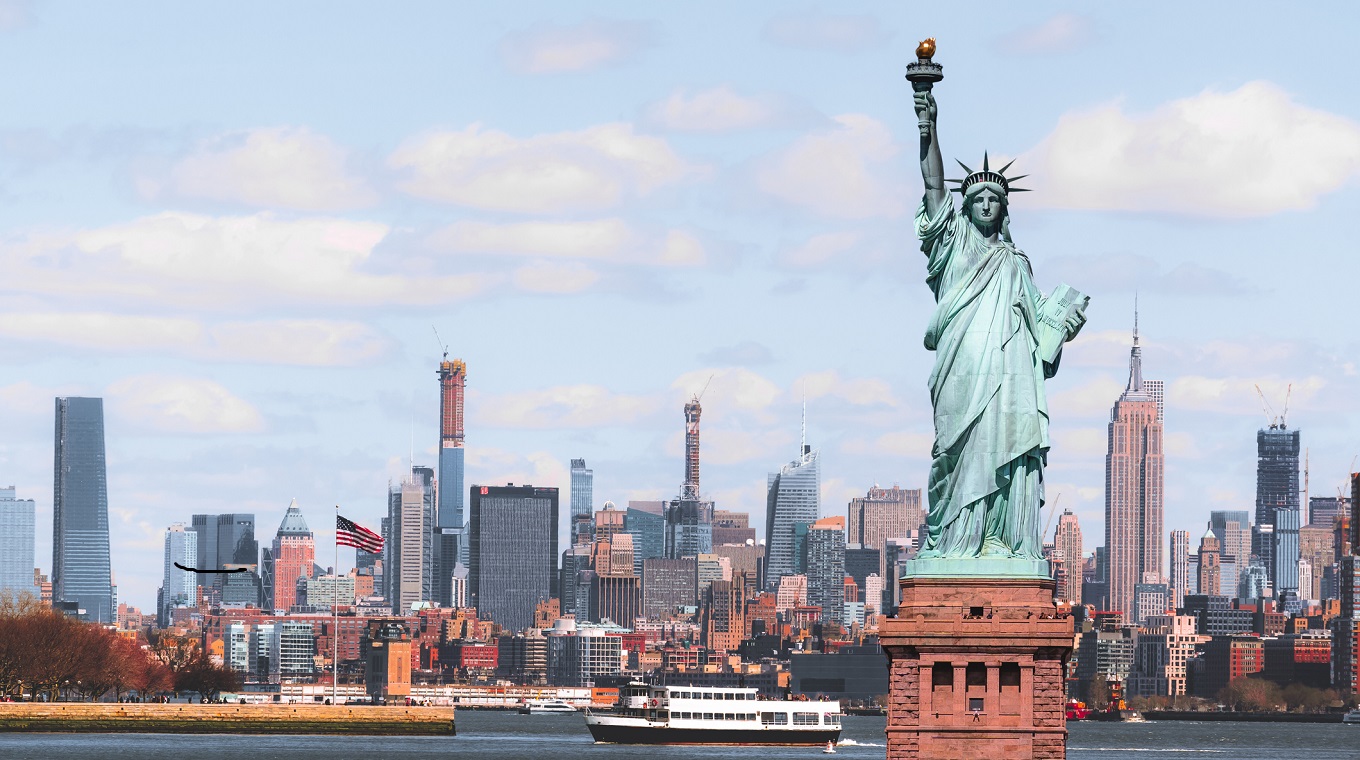
Gifted to the United States by France, the Statue of Liberty has been a sign of international unity since it was shipped to New York City at the end of the 1880s. Today, it’s still the dream of many drifting spirits to peer through the crown that tops the head of Lady Liberty, extended further upwards by the seven points said to represent every sea and continent. Even when travelers choose not to tour the inside of the statue, the view of the 305-foot copper goddess is no less striking from a distance, and well worth a premier place on any bucket list.
The Western Wailing Wall
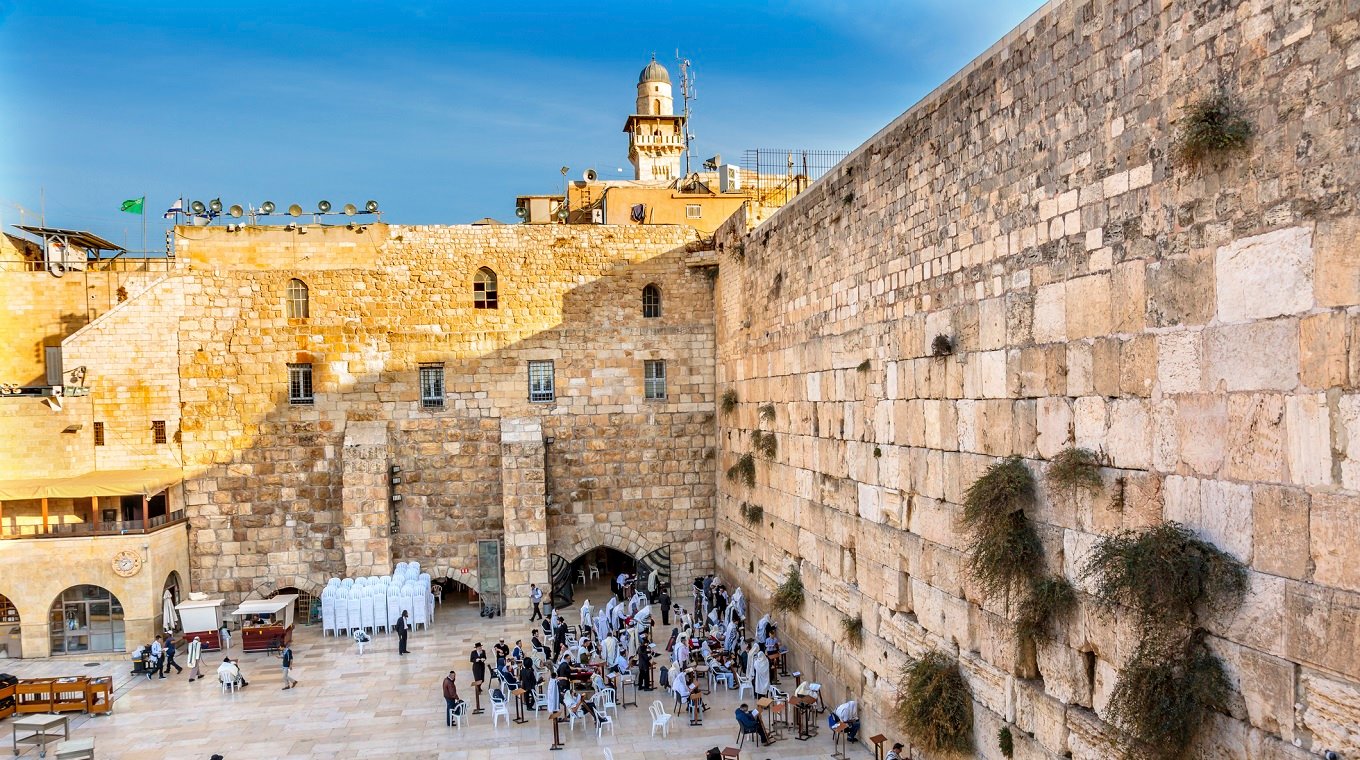
Though the Western Wall (sometimes referred to as the “Wailing Wall”) is a sacred Jewish praying place, people of all nationalities and various denominations migrate from all over the globe to visit. The wall is located in the Old City of Jerusalem, with the Western Wall Plaza officially acting as a synagogue, though this is a place of importance in the history of Christianity and Islam as well. Renowned for its irrefutable cultural significance, the Western Wall is a pilgrimage people aspire to experience, no matter where they’re from in the world.
Angkor Wat
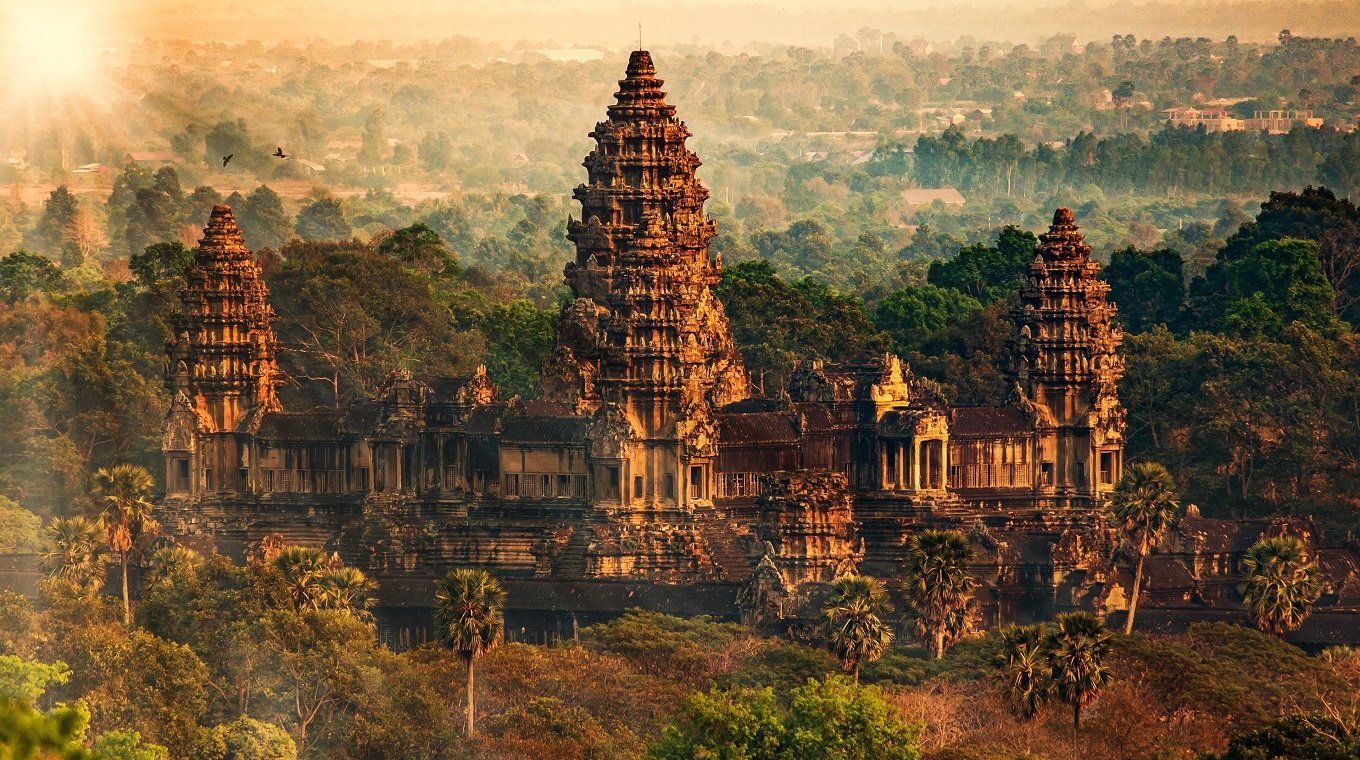
Though it’s the largest and most well-known Hindu temple in Angkor, Cambodia, Angkor Wat is one of over a thousand temples that make up the city, which has been dubbed a UNESCO world heritage site for its immense archeological value. Landmark lovers who want to maximize their visit hire tuk-tuks (an auto rickshaw) before sunrise, so they can view the once-in-a-lifetime view of golden rays stretching across the moat-mirrored image of the temple.
The Blue Mosque
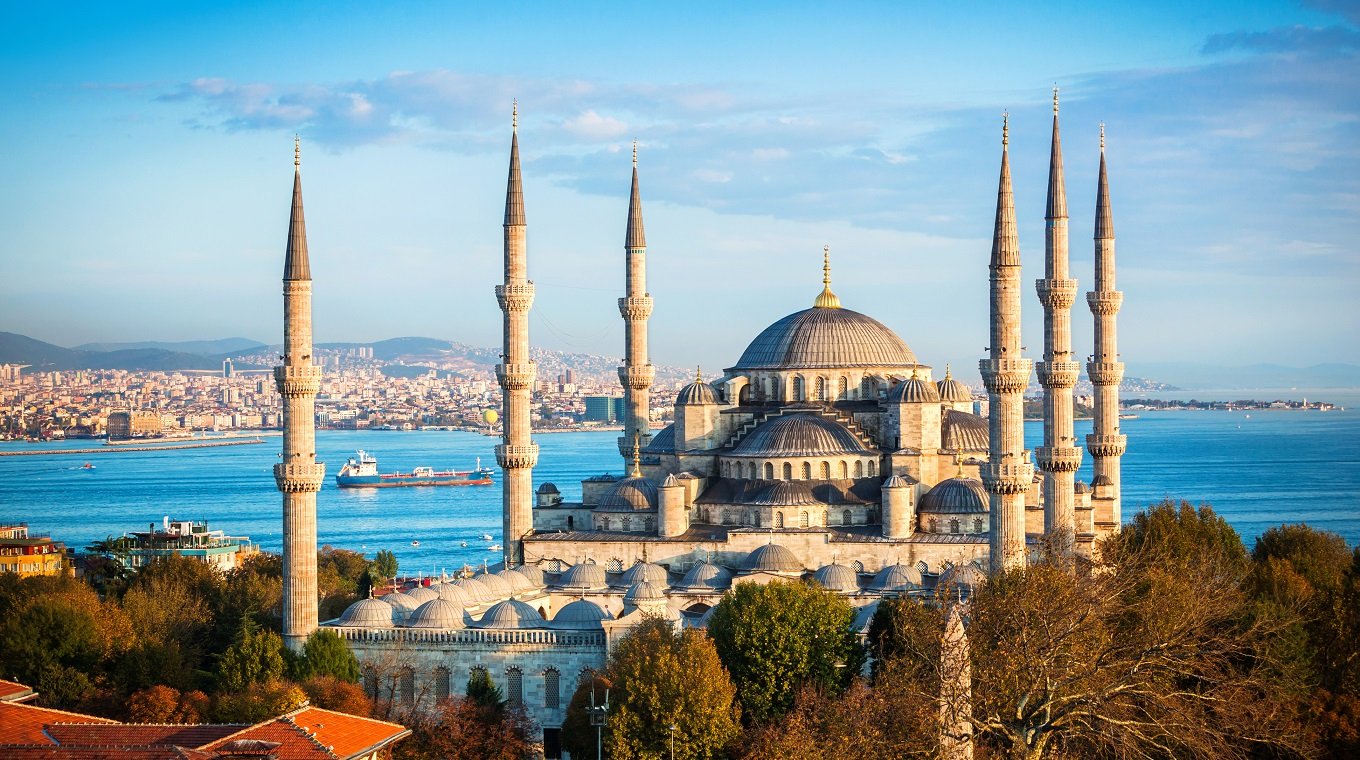
Called the Blue Mosque because of the turquoise hues found on the interior decorative tiles, this sanctuary is one of the most eye-catching buildings in the world. Constructed in Istanbul, Turkey, in the early 1600s, the Blue Mosque pulls peepers toward the intricate details of the ceramic patterns, covering the walls and ceilings inside. Outside, the six minarets, or slim towers used to call for Islamic prayer, stand as a signature, having been the first to have as many minarets as the Great Mosque in Mecca — until a seventh was added in Mecca, so that no offense was caused.
Bryce Canyon Amphitheater
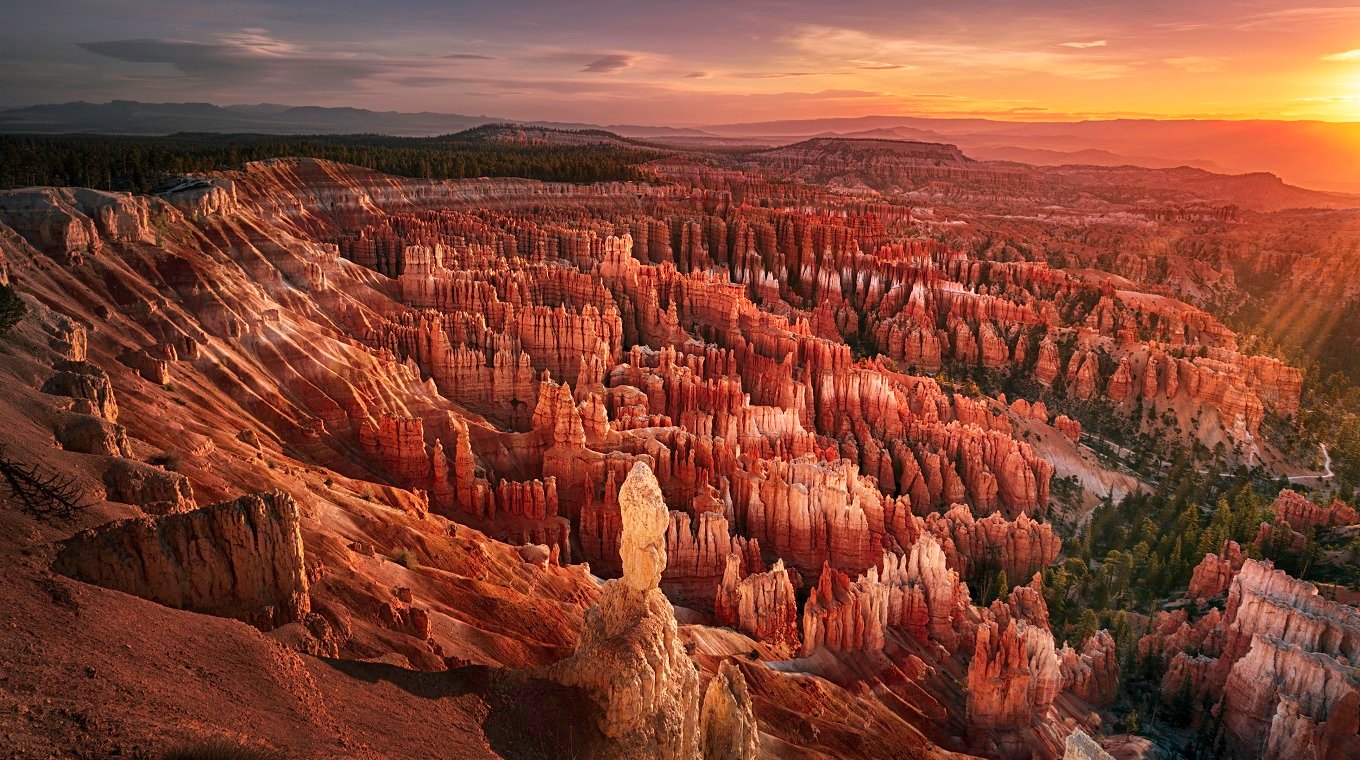
Actually not a canyon at all, Bryce Canyon Amphitheater in Utah is packed full of unique, slender, chimney-shaped, reddish-orange rock formations called hoodoos. The best views can be spotted from Sunset Point, a viewpoint where the tops of green trees are seen contrasting beautifully among the red rocks. Hiking through such a distinct natural setting is the fantasy of many would-be park patrons, making Bryce Canyon a hot item on wanderlust-themed wish lists.
St. Basil’s Cathedral
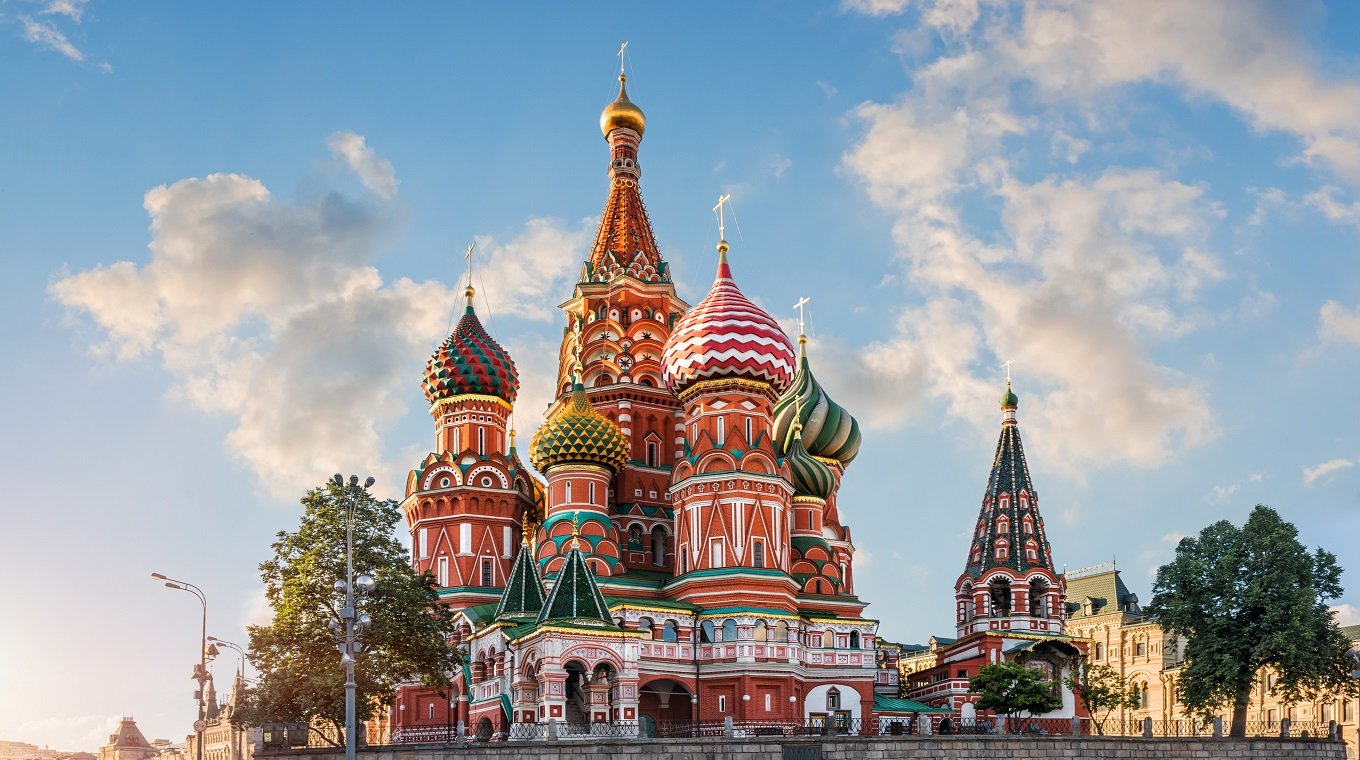
Although tyrant Ivan the Terrible ordered St. Basil’s Cathedral to be built in Moscow, Russia, its colorful, playful design is the opposite of what you would expect from such a strict ruler. Nonetheless, St. Basil’s Cathedral, now a museum, is a vibrant part of Red Square, outside of the Kremlin, visually marking a well-known section of town. The grandeur of this quirky building makes it a must-see for those who appreciate artful architecture around the world.
Sagrada Familia
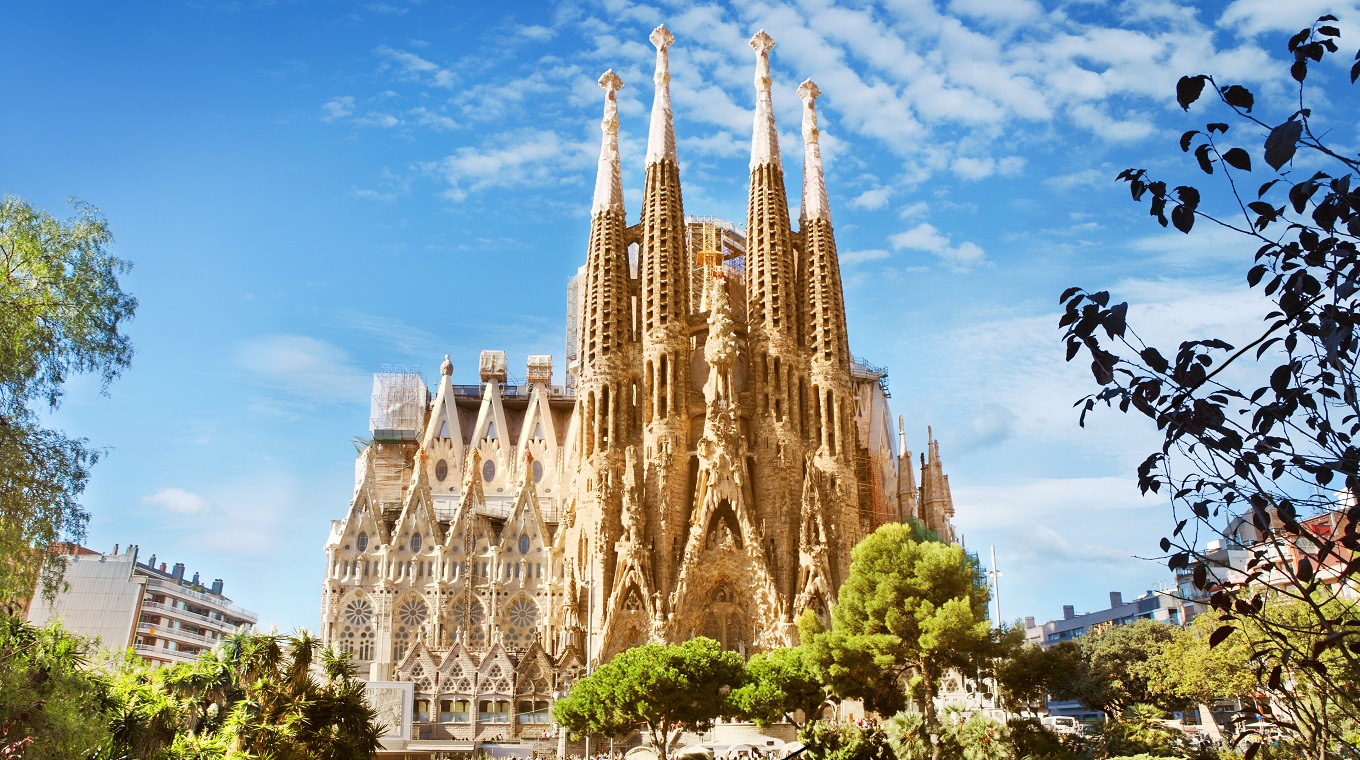
Finally nearing completion, the Sagrada Familia in Barcelona, Spain, is about to enter its 138th year of construction. The Roman Catholic basilica famously designed in part by architect Antoni Gaudi (who is buried in the crypt of the church) is unbelievable, even unfinished. Planned to be completed in 2026, 100 years after Gaudi’s death, this bucket-list item should be visited before the ultimate unveiling of a century and a half worth of work.
Victoria Falls
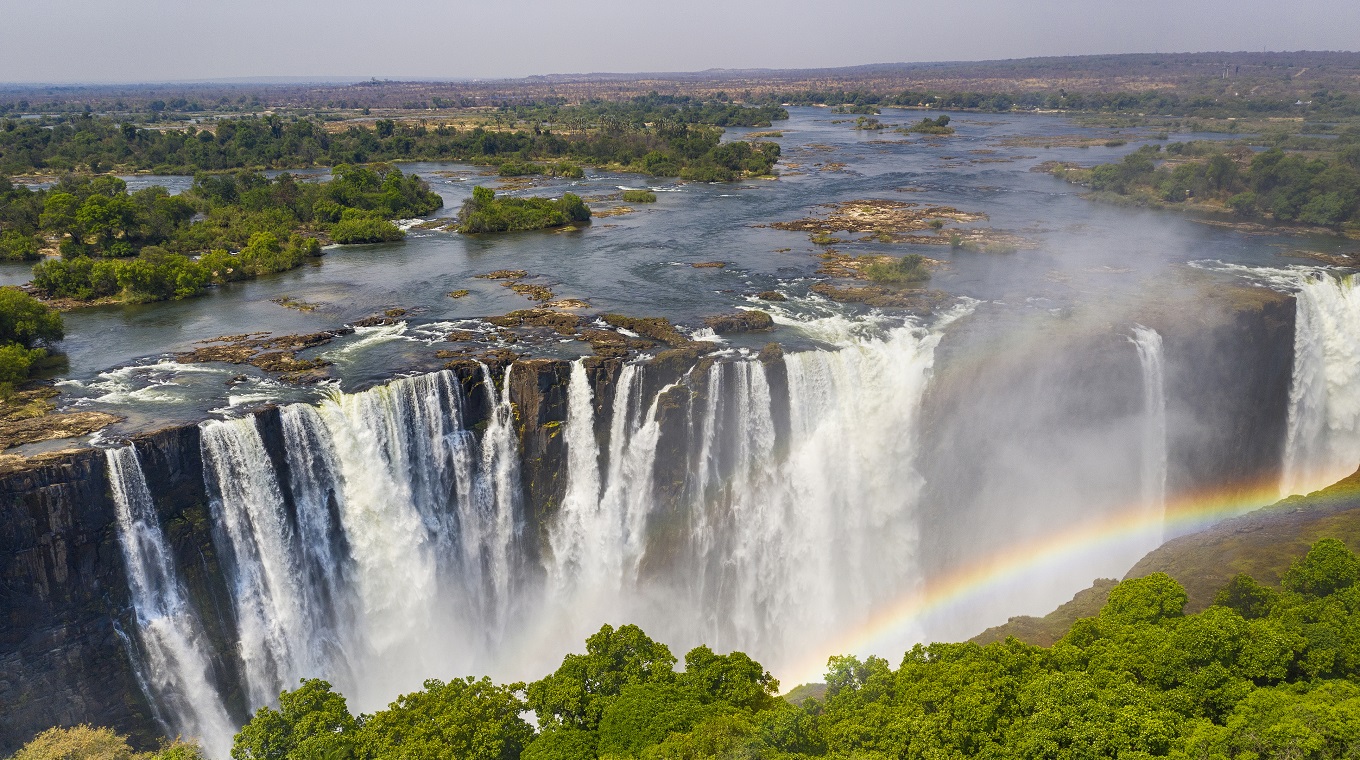
Climate change and unpredictable weather seems to have affected some of the world’s most revered sites, including natural landmarks like Victoria Falls in Zimbabwe. This cliff is known as having the largest sheet of falling water on the globe, though recent droughts have diminished its bulk at times, making it even more urgent for prospective visitors to lay their eyes on a place that, even now, seems unreal. Not to be mistaken as dried up, Victoria Falls reminds us to hold our world wonders dearly by living and traveling responsibly.




